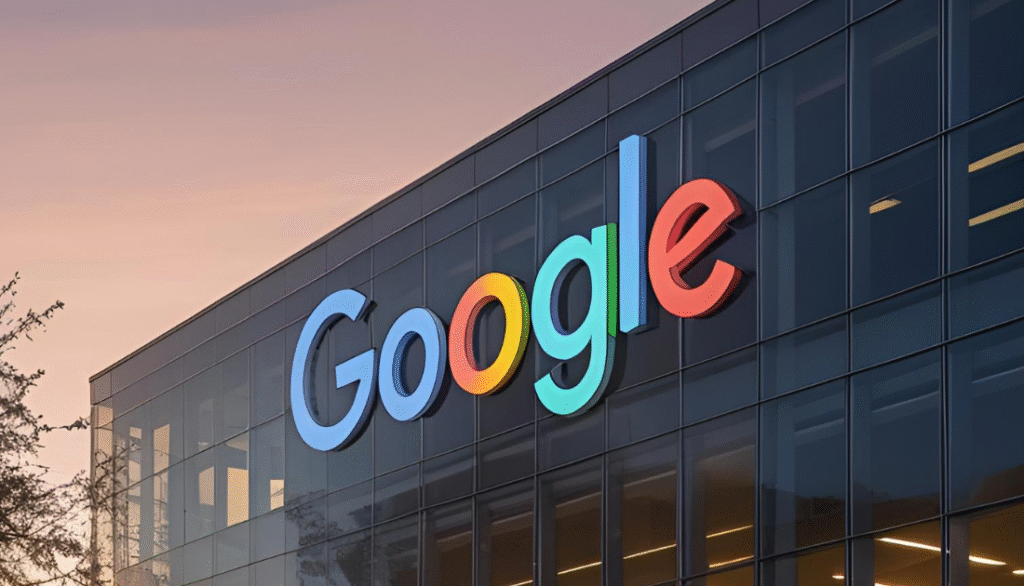Google is testing a new machine learning-based age estimation system in the United States, aimed at enhancing protections for younger users across its suite of services.
Highlights
- AI-Powered Age Detection: Google is testing a machine learning system that infers age based on behavioral signals instead of just user-declared birthdates.
- Platform-Wide Protection: The system applies across Google services—like YouTube, Maps, and Play Store—to automatically restrict features for under-18 users.
- Behavior-Based Signals: Age is estimated through activity such as search queries, watch habits, and account age—not facial scans or direct biometrics.
- Wellbeing Tools by Default: YouTube will activate “take a break” and bedtime reminders for teens, and limit exposure to potentially harmful content like body image videos.
- Stricter Privacy Settings: Timeline tracking will be disabled, mature app access blocked, and personalized ads removed for flagged minor accounts.
- Manual Review Available: Misclassified users can appeal and verify their age using a selfie or government-issued ID.
- Overrides Birthdates: If behavior contradicts the declared age, the AI system can override it to apply protections proactively.
- Regulatory Compliance: The initiative supports upcoming global policies like the UK’s Online Safety Act and various U.S. state laws demanding tighter online youth safety.
Rather than relying solely on user-provided birthdates, this technology uses behavioral signals to infer a user’s likely age and apply age-appropriate settings accordingly.
The system will draw on patterns from Google Accounts, such as search queries and YouTube viewing habits, to determine whether a user may be under 18. If flagged, the user will receive a notification explaining upcoming changes to their experience on Google platforms.
These changes include automatically disabling certain features and enforcing stricter rules on content and advertising.
Something like, Google Maps will stop tracking location history (Timeline), personalized ads will be blocked, and access to mature-rated apps in the Play Store will be restricted.
On YouTube, wellbeing features like “take a break” and bedtime reminders will activate by default—particularly for users watching videos late at night. The platform will also work to reduce repeated exposure to potentially harmful content, such as videos that could negatively affect body image.
To address concerns around misclassification, Google will offer an appeals process allowing users to verify their age by submitting a government ID or a selfie.
How YouTube’s Age Estimation Rollout Intersects with Google Accounts
This rollout follows Google’s recent YouTube test involving U.S. teens, where the same age estimation model was used to enforce features like content filters, ad restrictions, and wellbeing tools.
The latest expansion applies this methodology across all Google services using account-level behavior, even overriding declared birthdates when behavioral patterns suggest a user is a minor.
What Type of Signals Are Being Used
The AI system evaluates various behavioral indicators—including search history, the type of videos consumed, and the age of the account—to assess whether someone is likely under 18.
This allows Google to implement protections automatically and in real time. If an error occurs, users can request a manual review by submitting age verification documents.
Why This Matters
This initiative aligns with growing regulatory momentum around the world. In the UK, the Online Safety Act has made age verification mandatory for online platforms, and several U.S. states have proposed or enacted similar legislation focused on limiting minors’ exposure to certain content.
Privacy advocates have voiced concerns about age verification methods that involve sensitive data like facial scans or government IDs. They warn that these practices, if not implemented securely, could lead to unintended surveillance risks or potential data breaches.
Privacy and Accuracy
Studies, such as those conducted by Yoti, indicate that facial age estimation algorithms can achieve a mean absolute error of approximately 1.1 years for teenagers aged 13–17. These systems have reportedly surpassed 99% accuracy in identifying whether users are under 18.
Even the most advanced models have limitations. Some teens near the age threshold may be misidentified, leading to unnecessary restrictions or unintended access to adult content. These edge cases highlight the challenge of balancing user protection with fair access.
Other major platforms, including Instagram and Roblox, are testing or implementing similar technologies. These efforts are increasingly seen as necessary, as regulators worldwide push for stronger safeguards to protect minors online.


